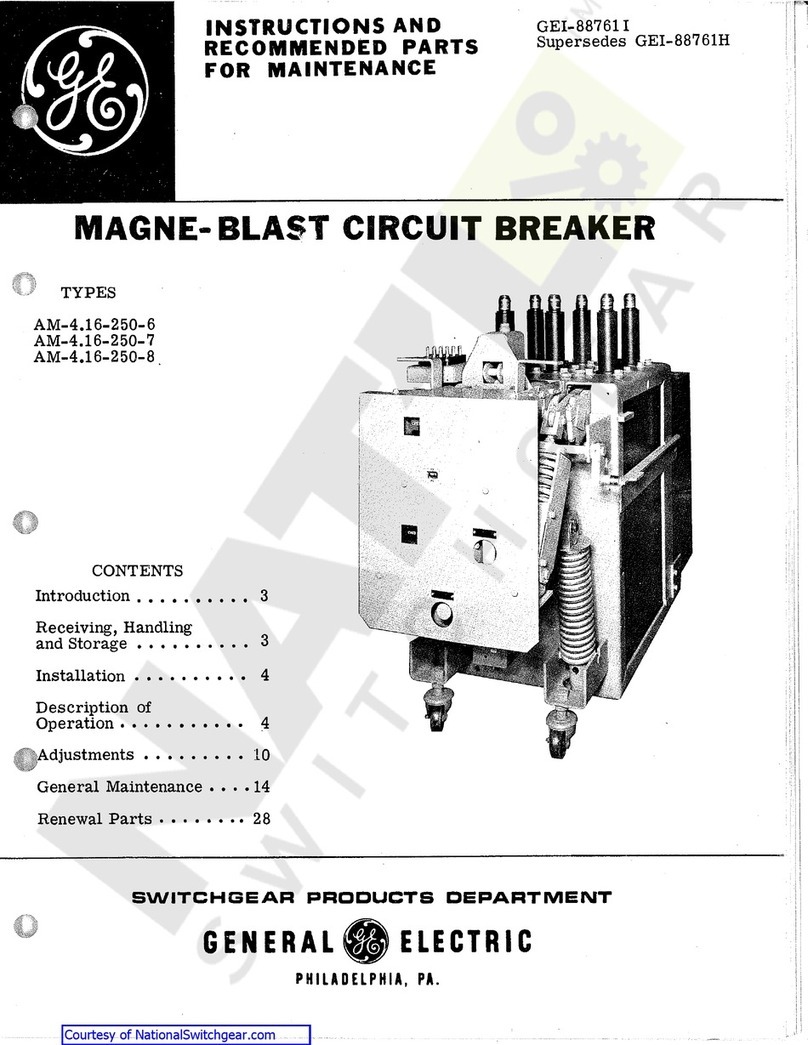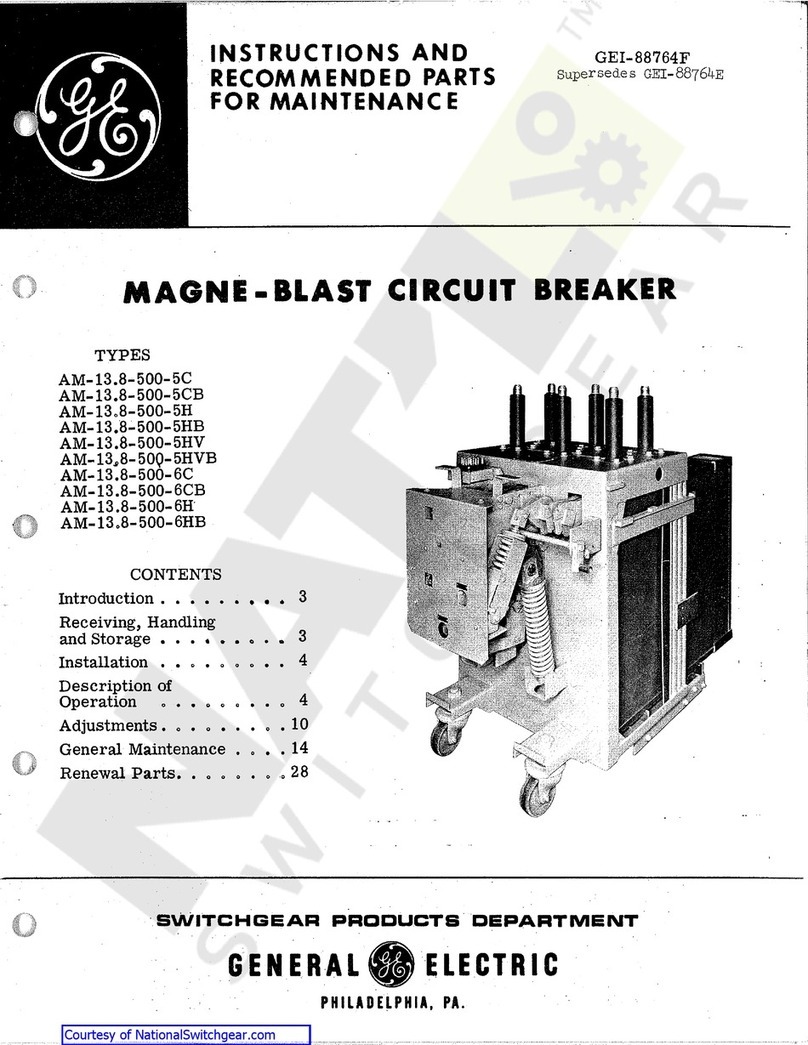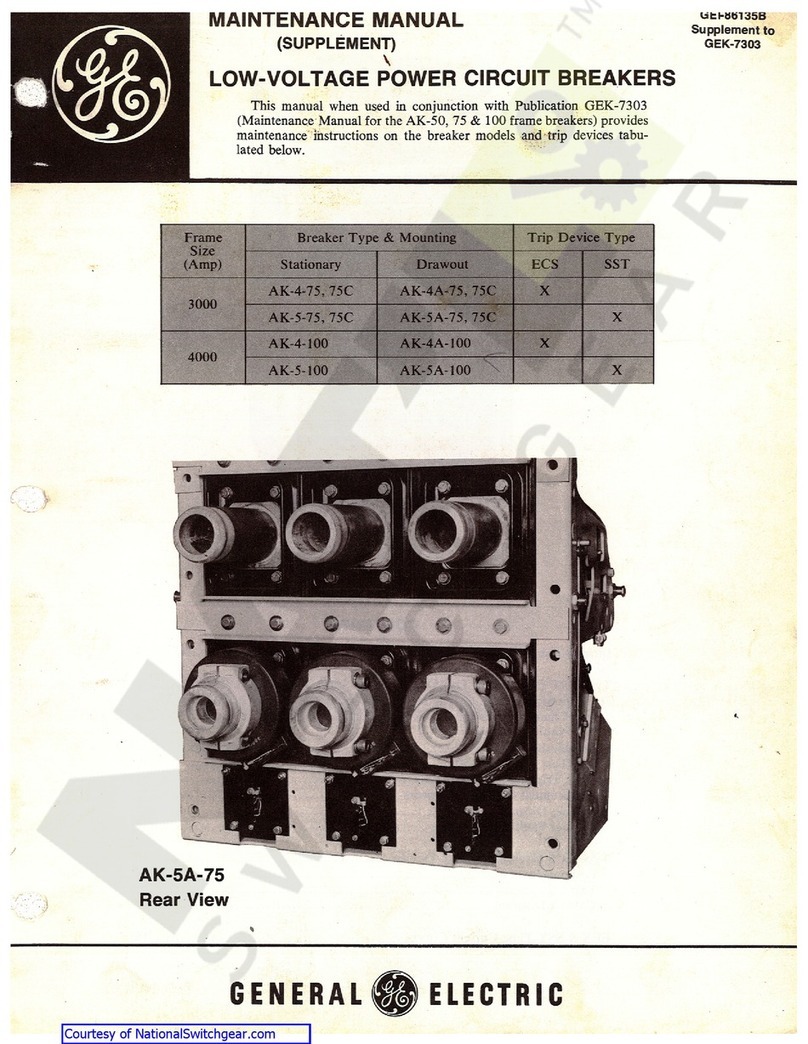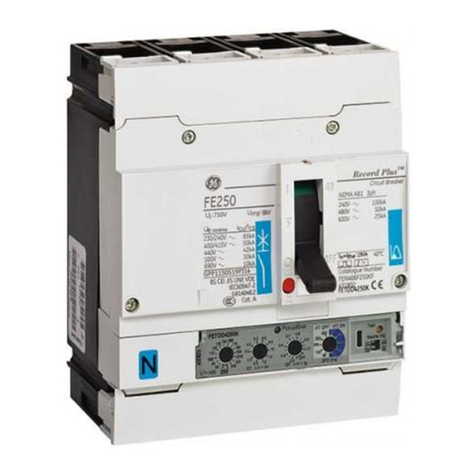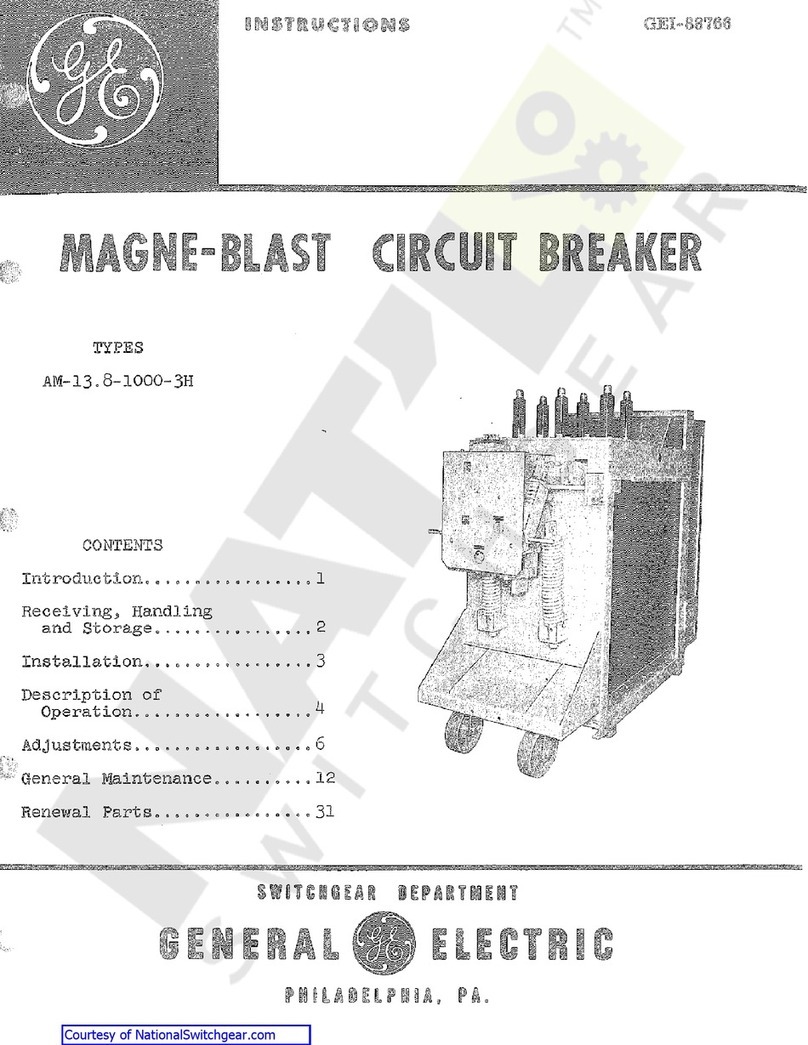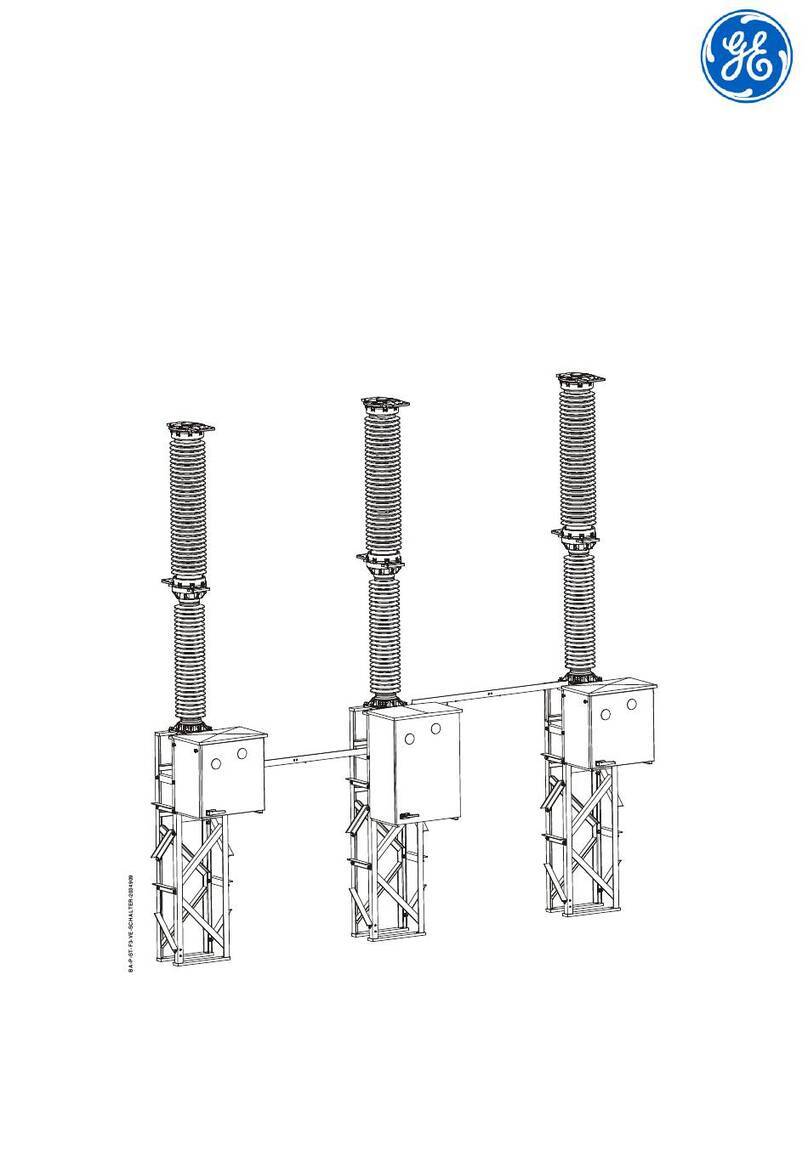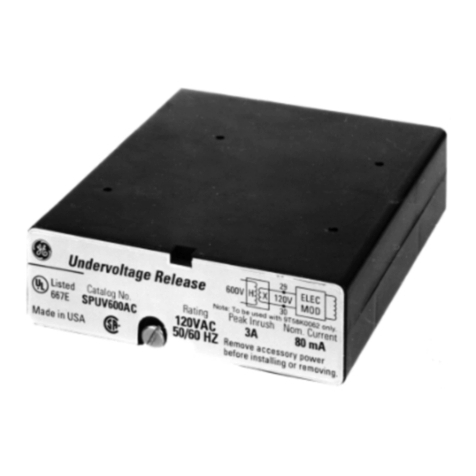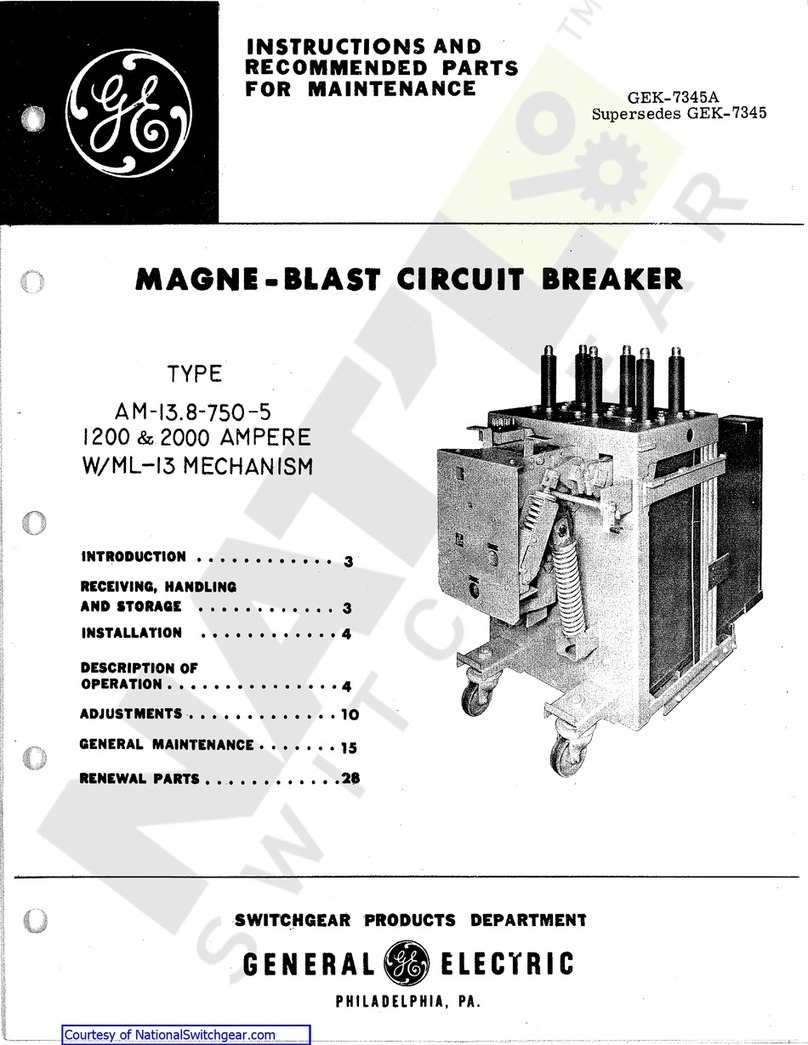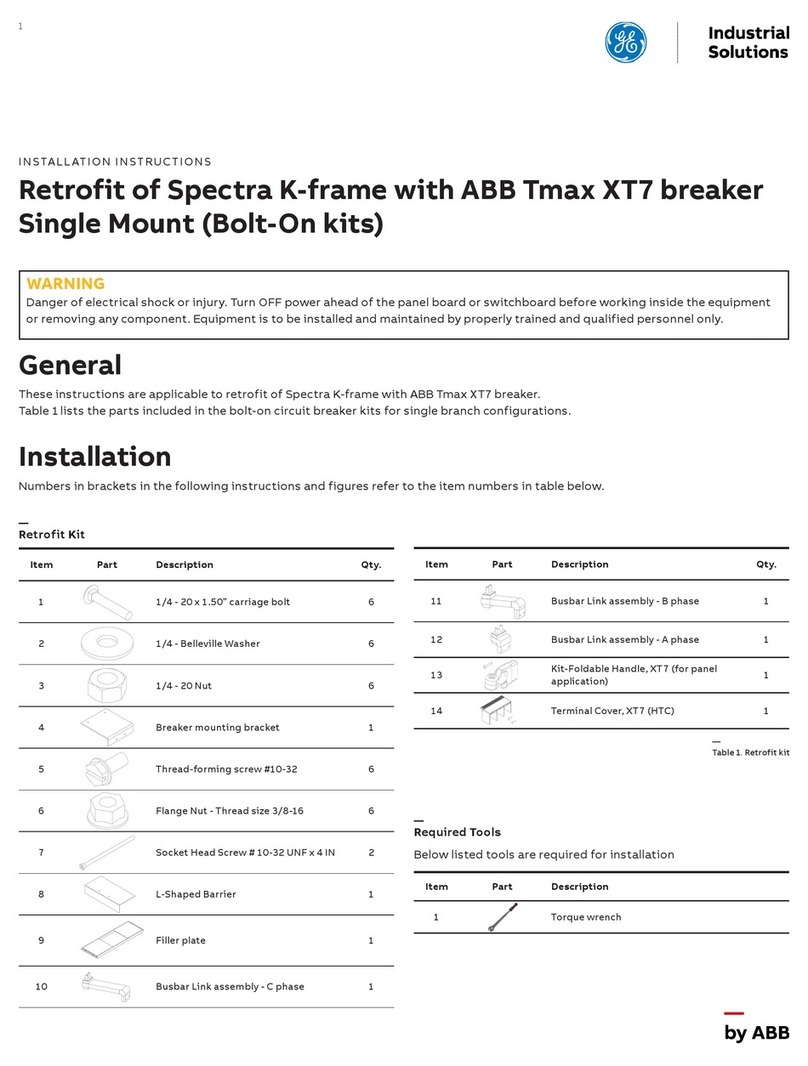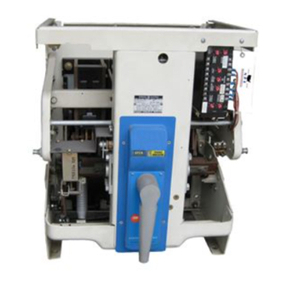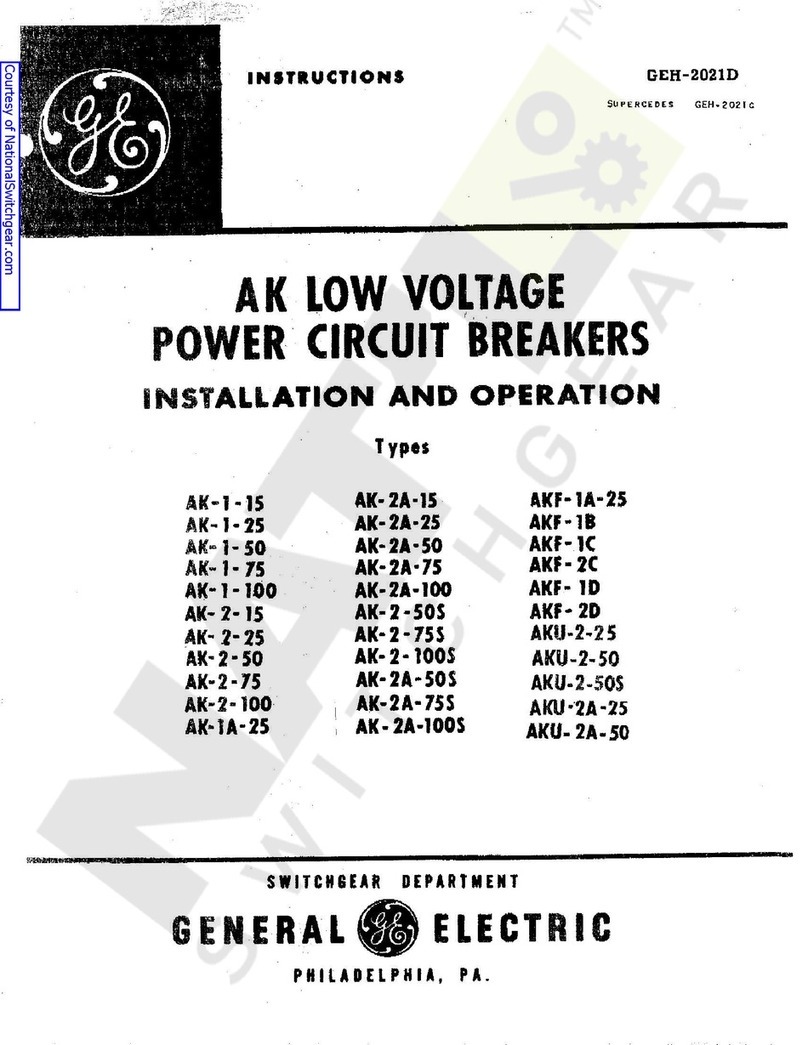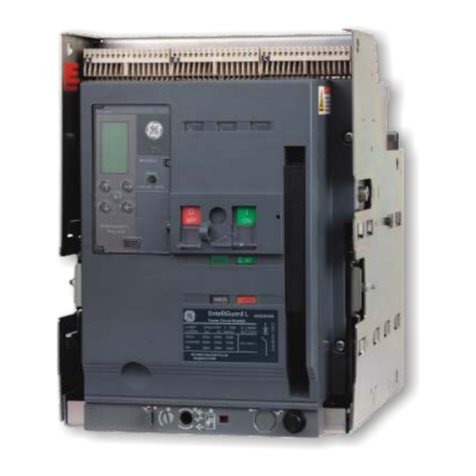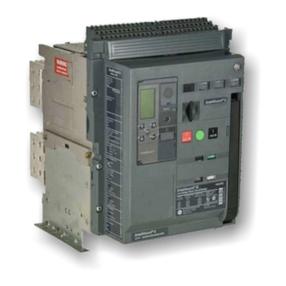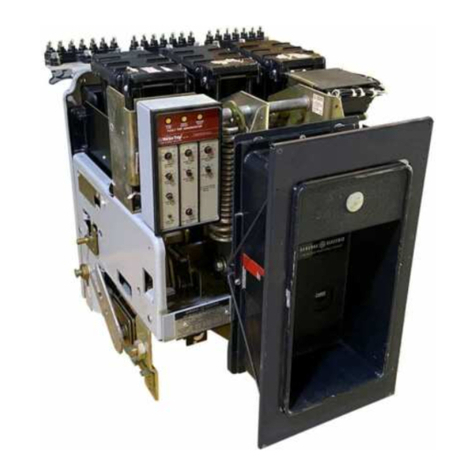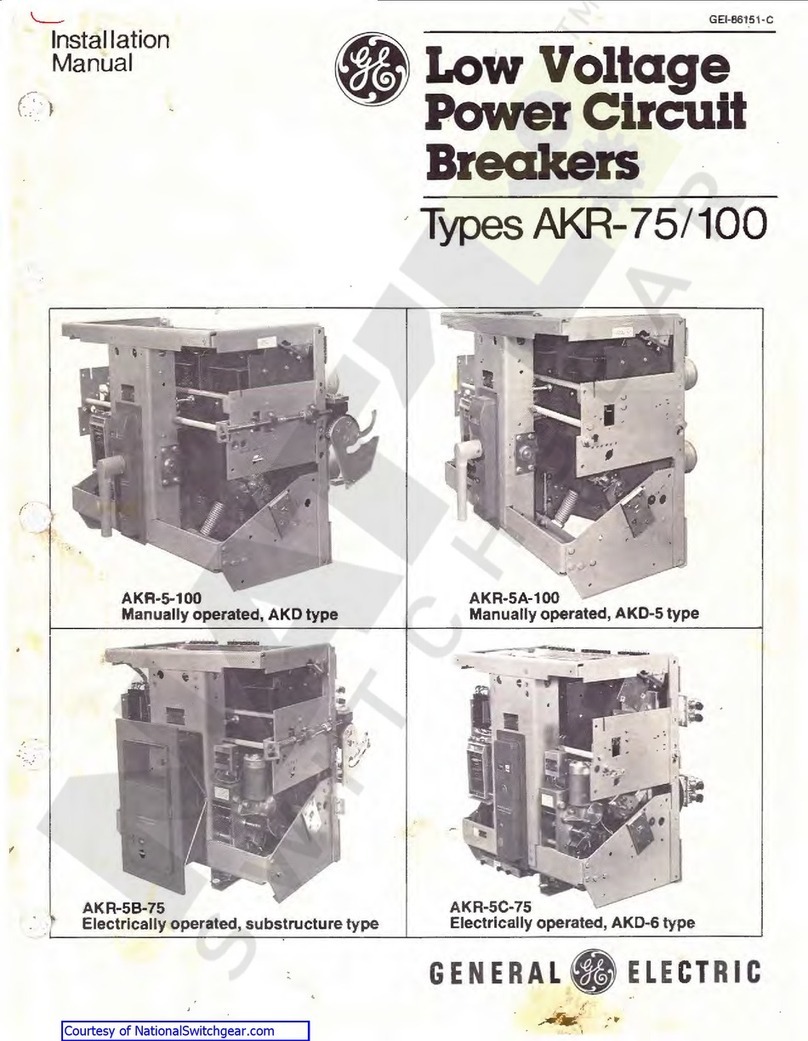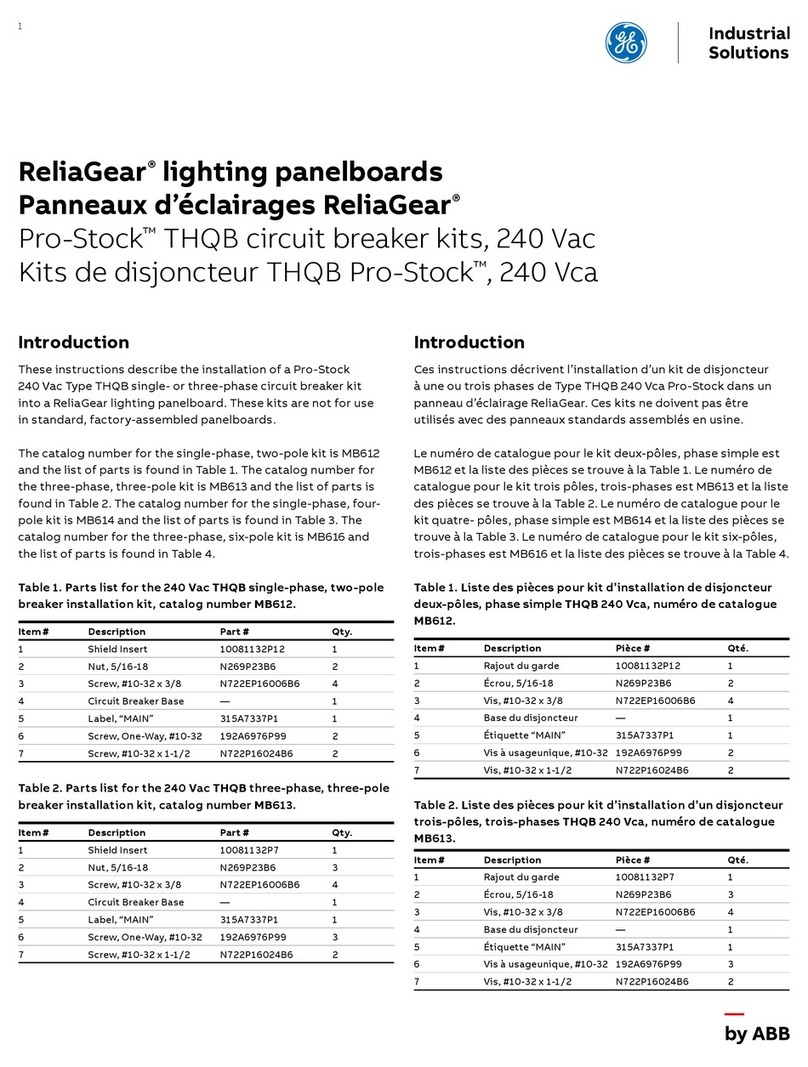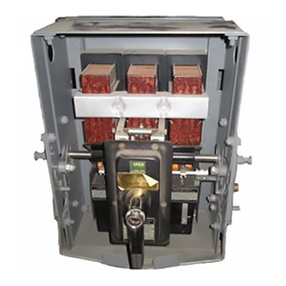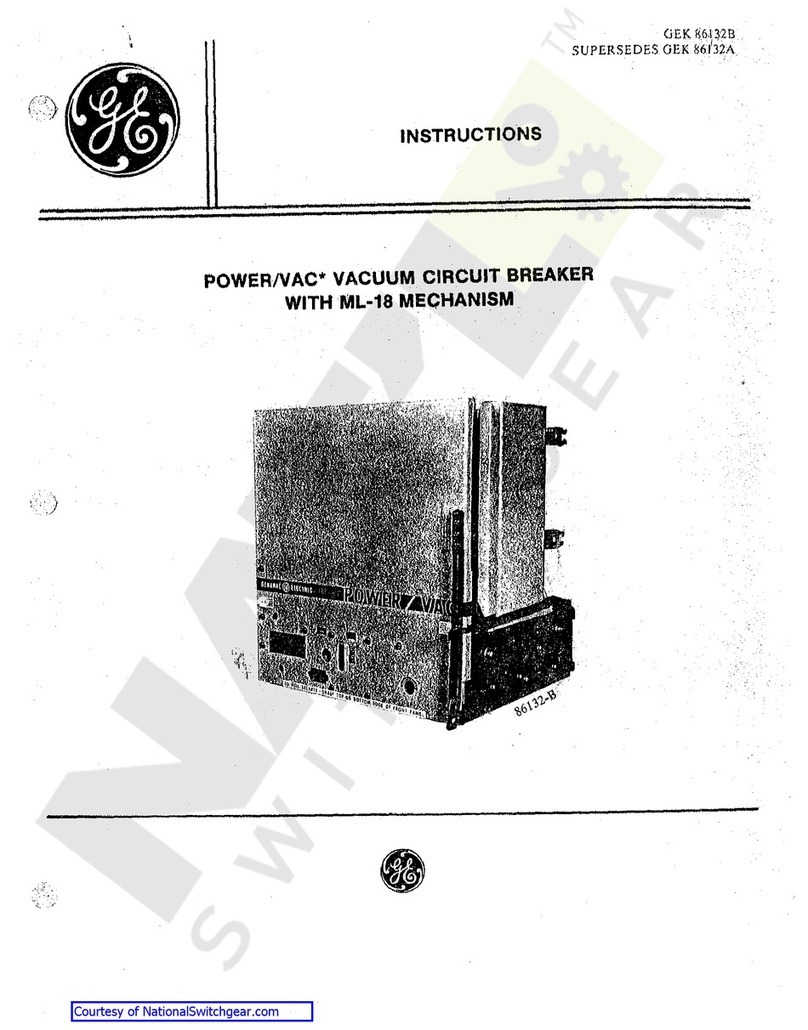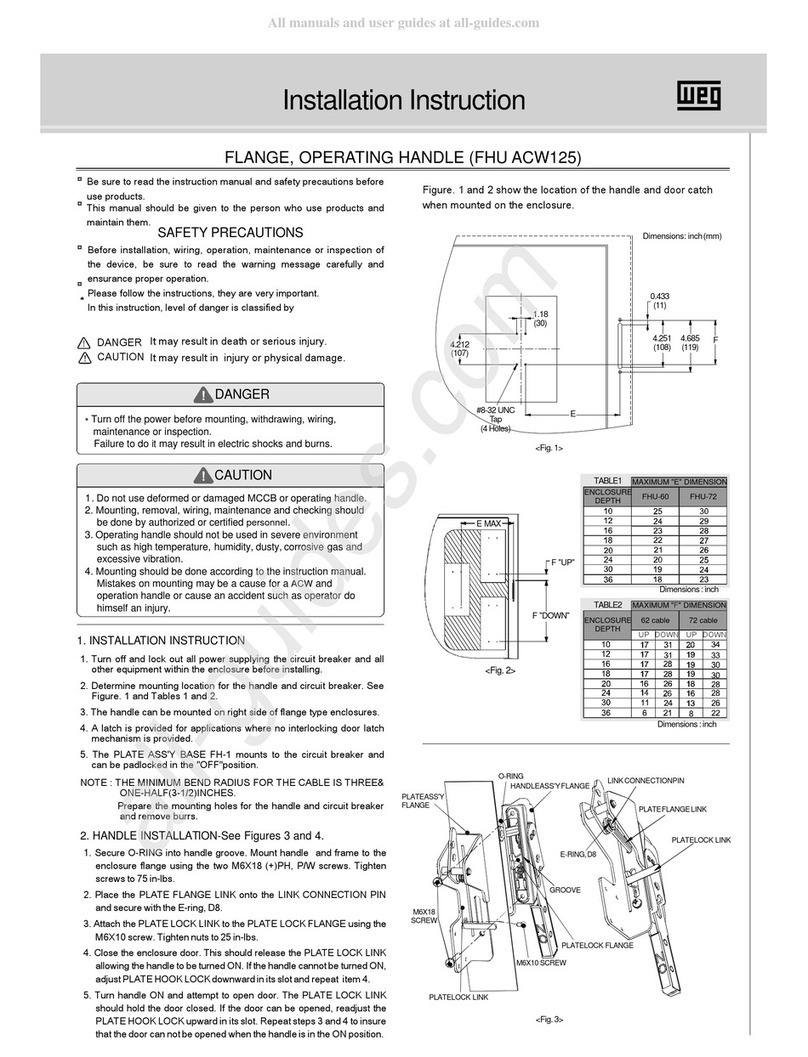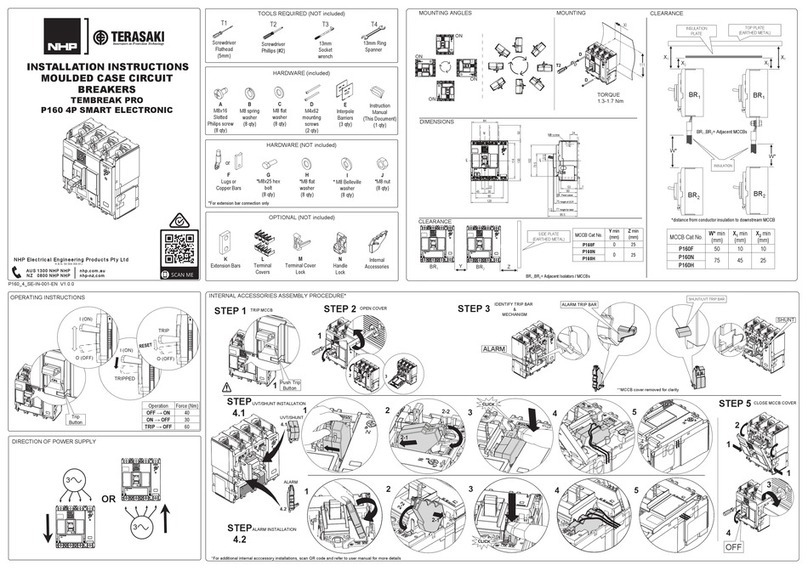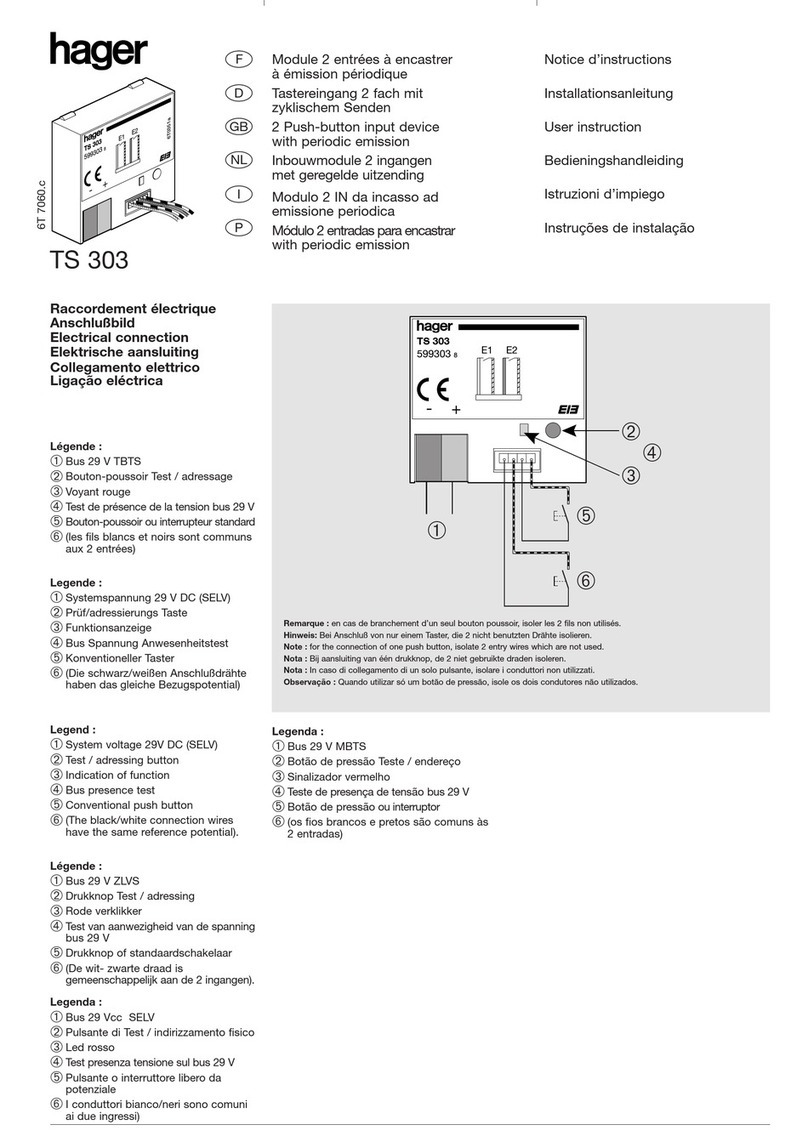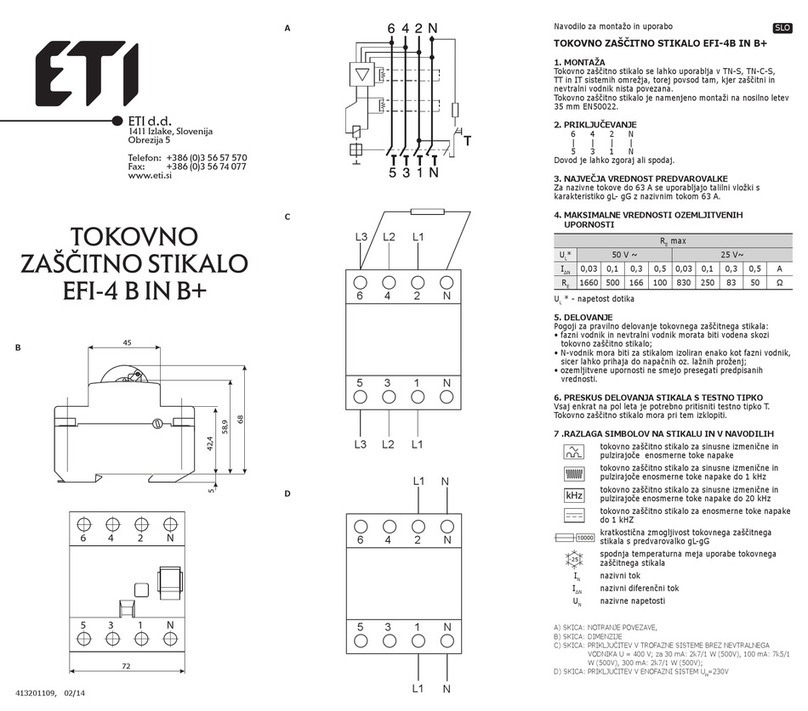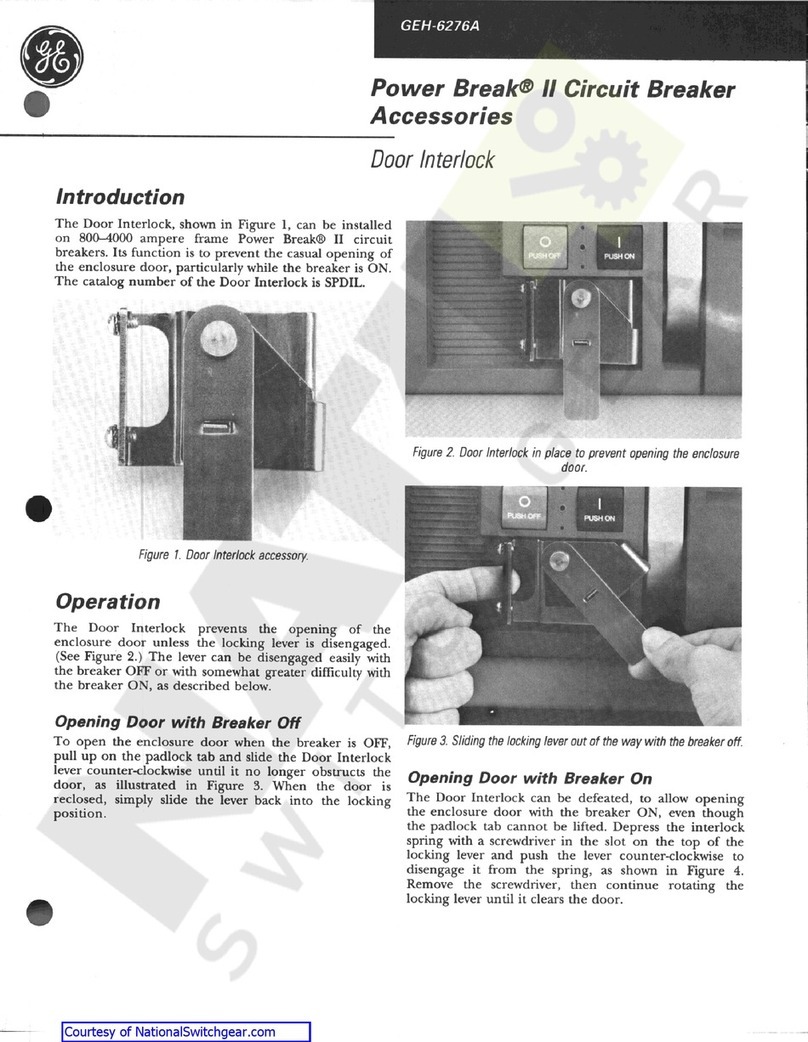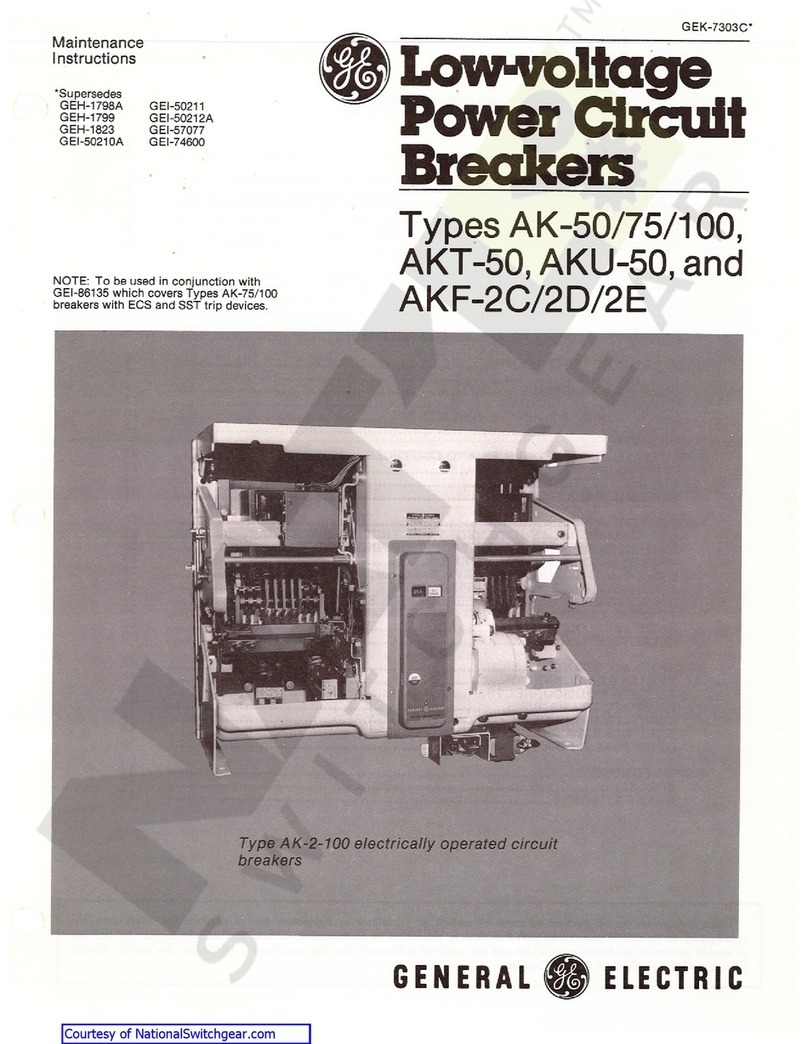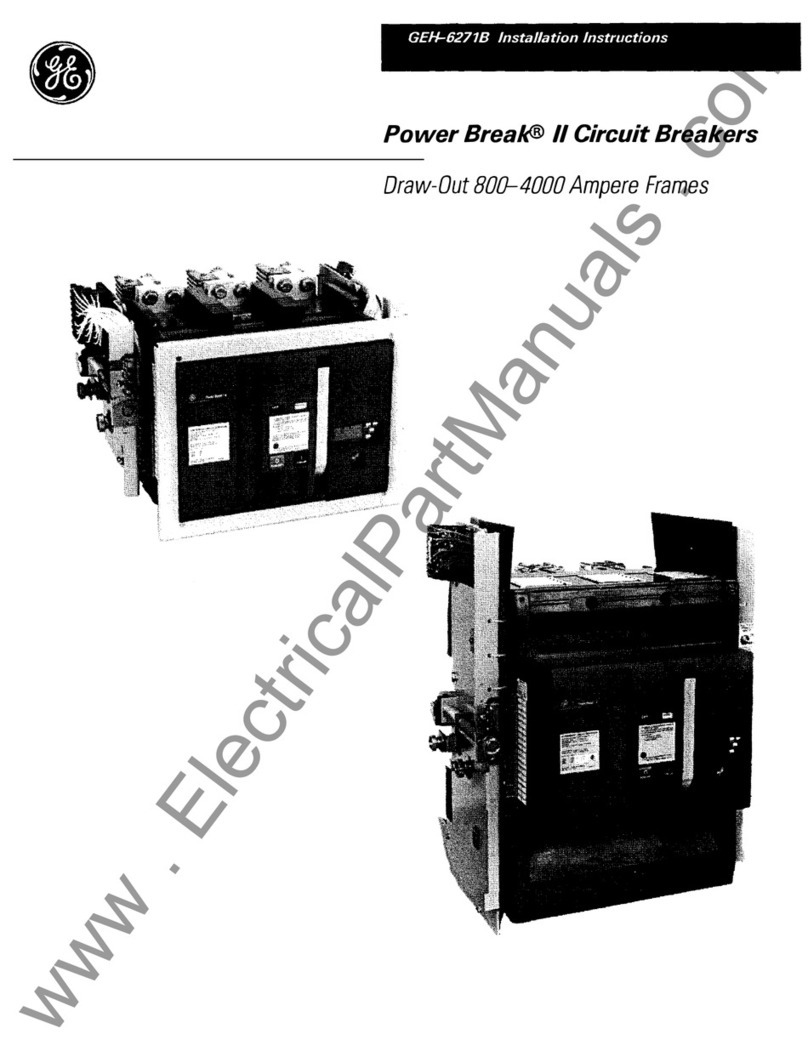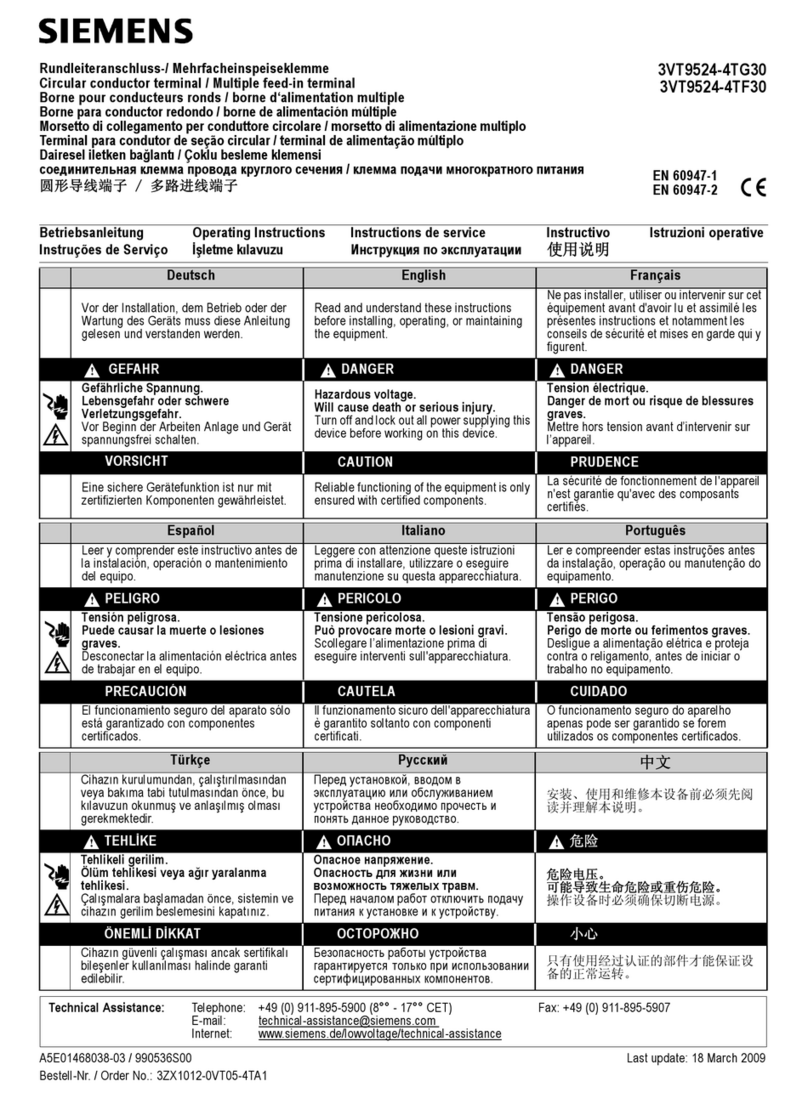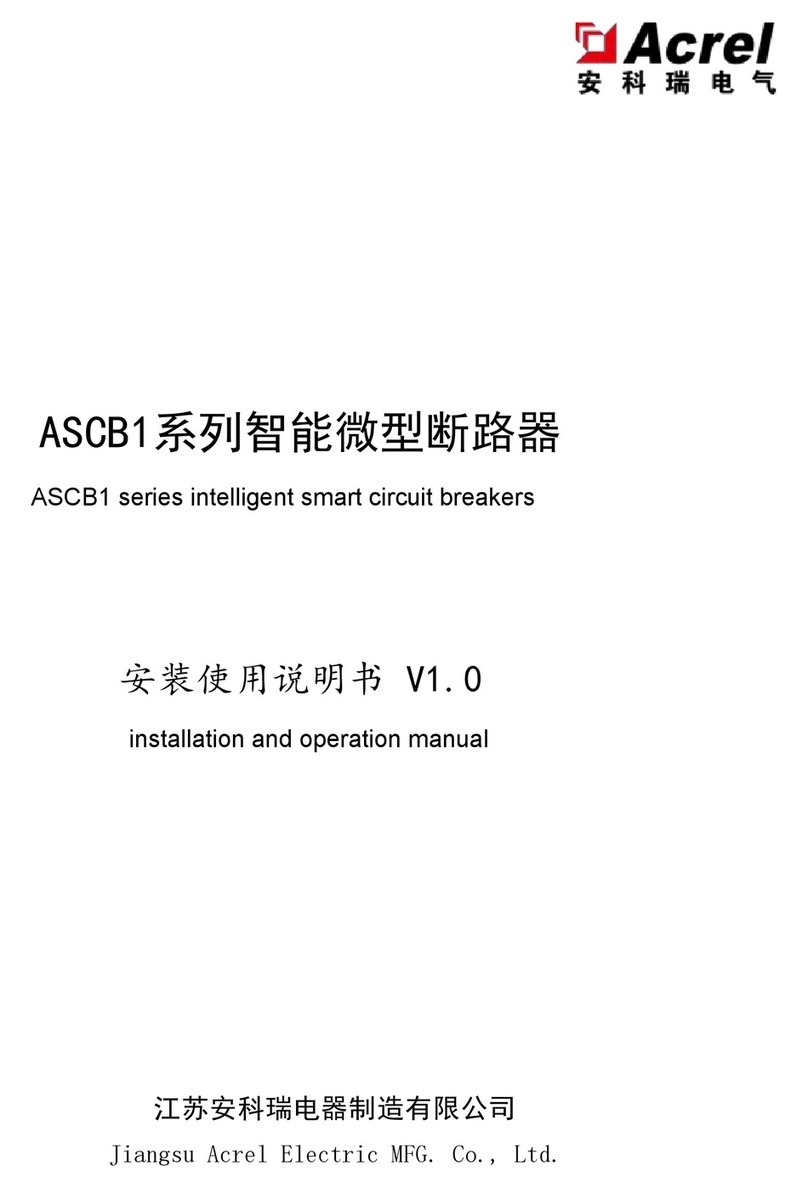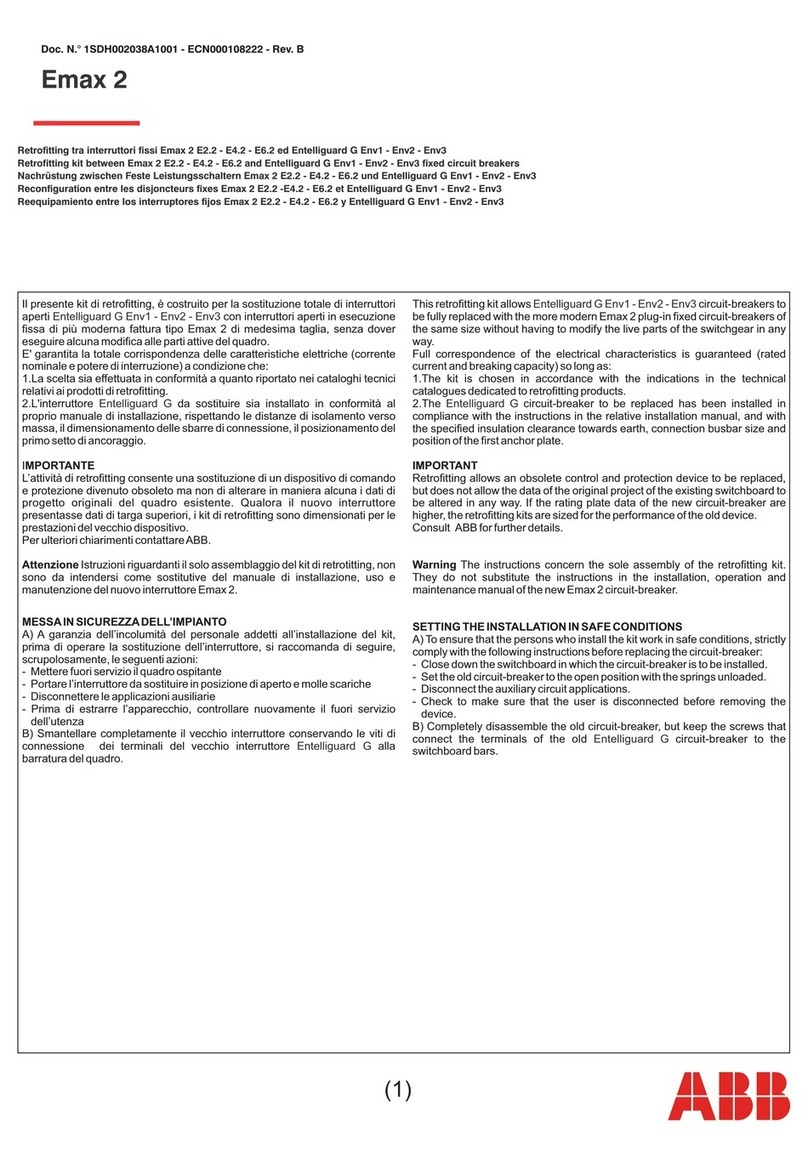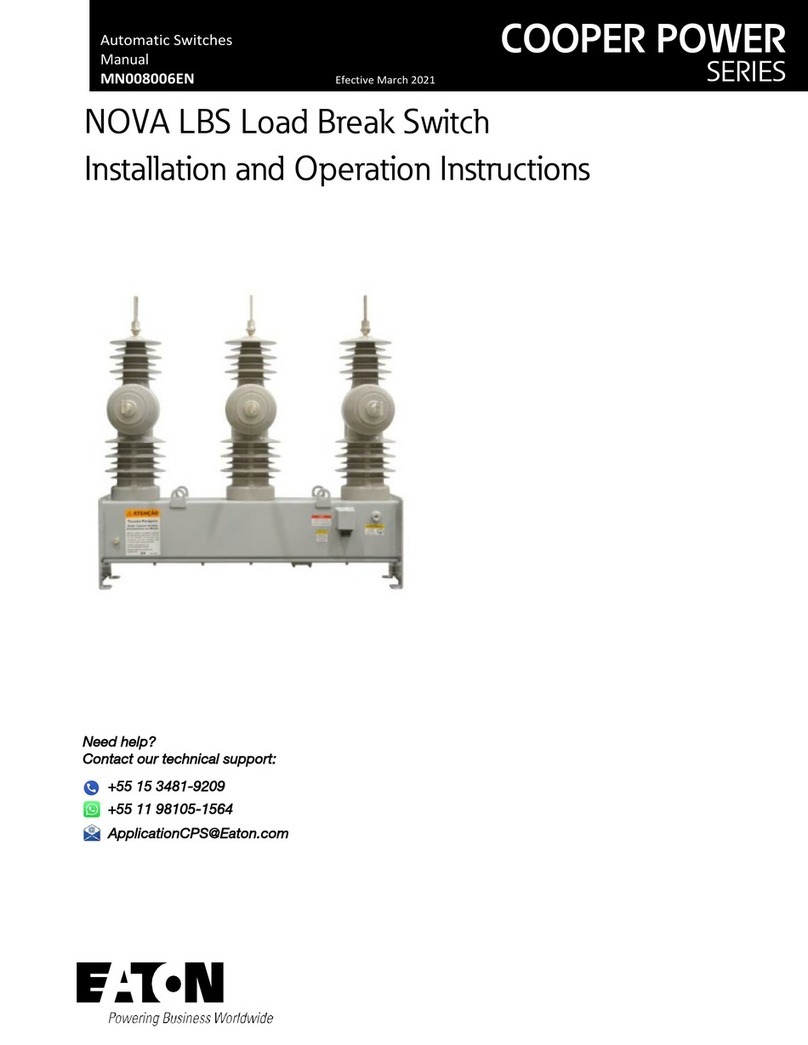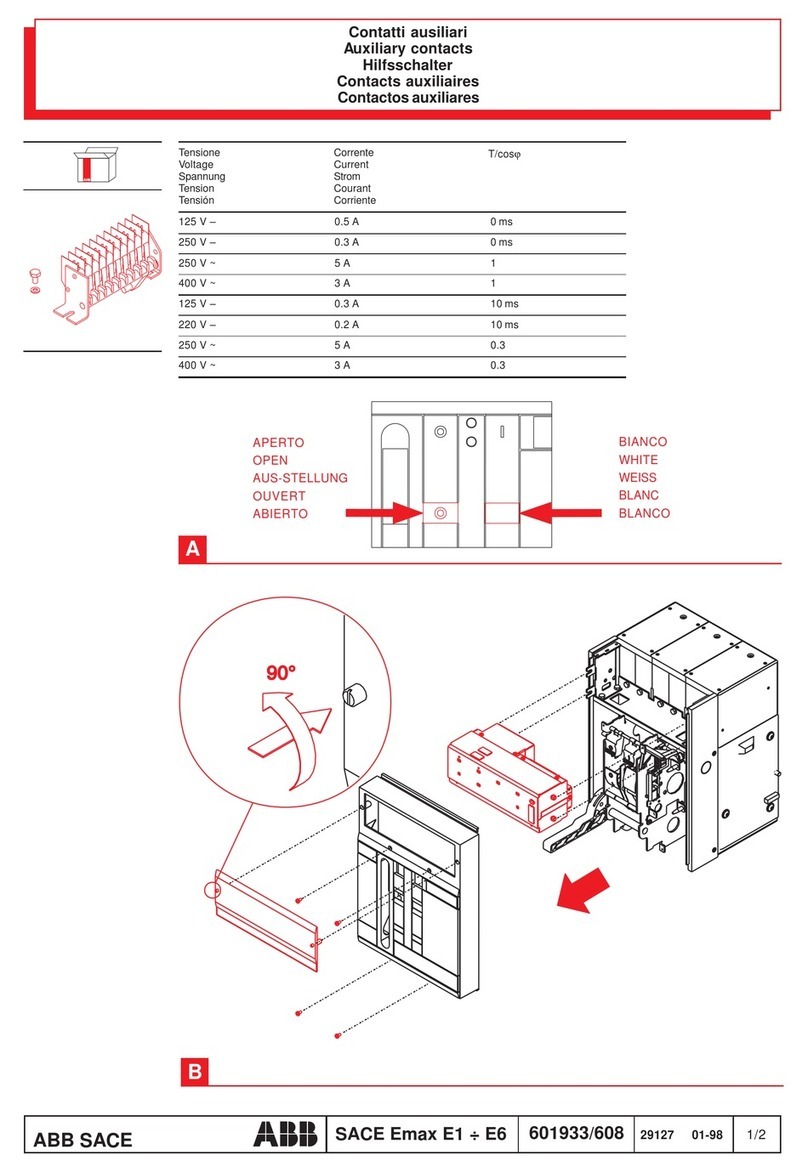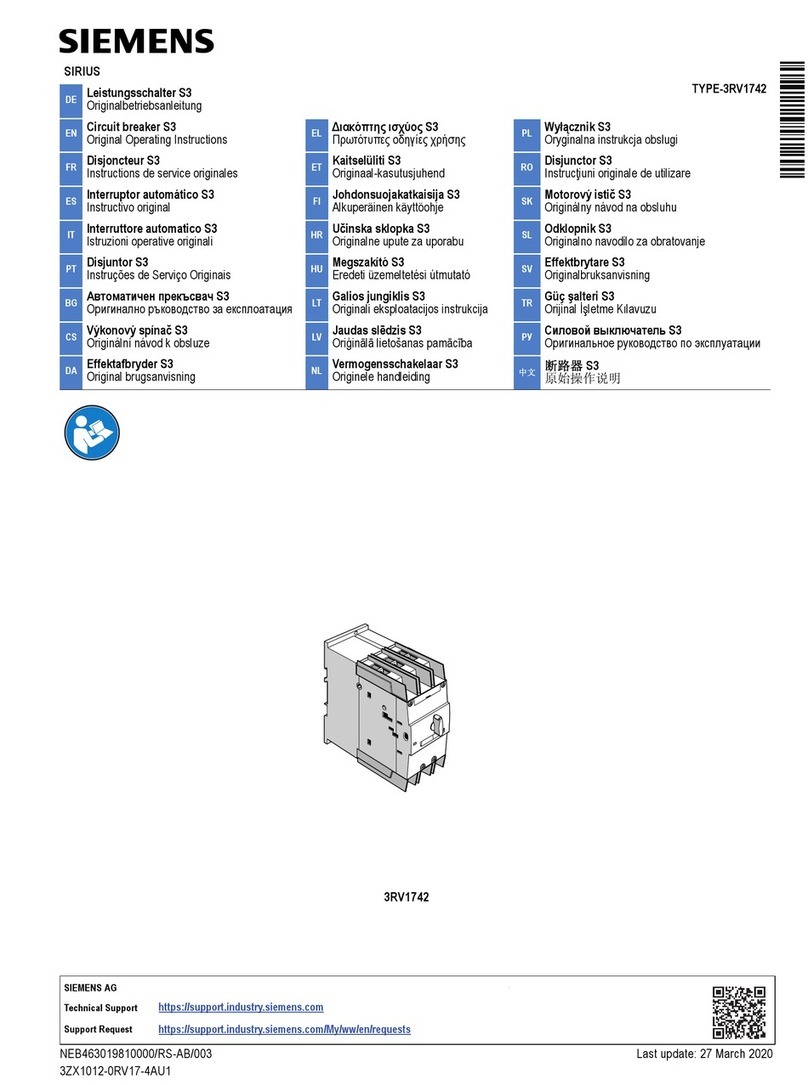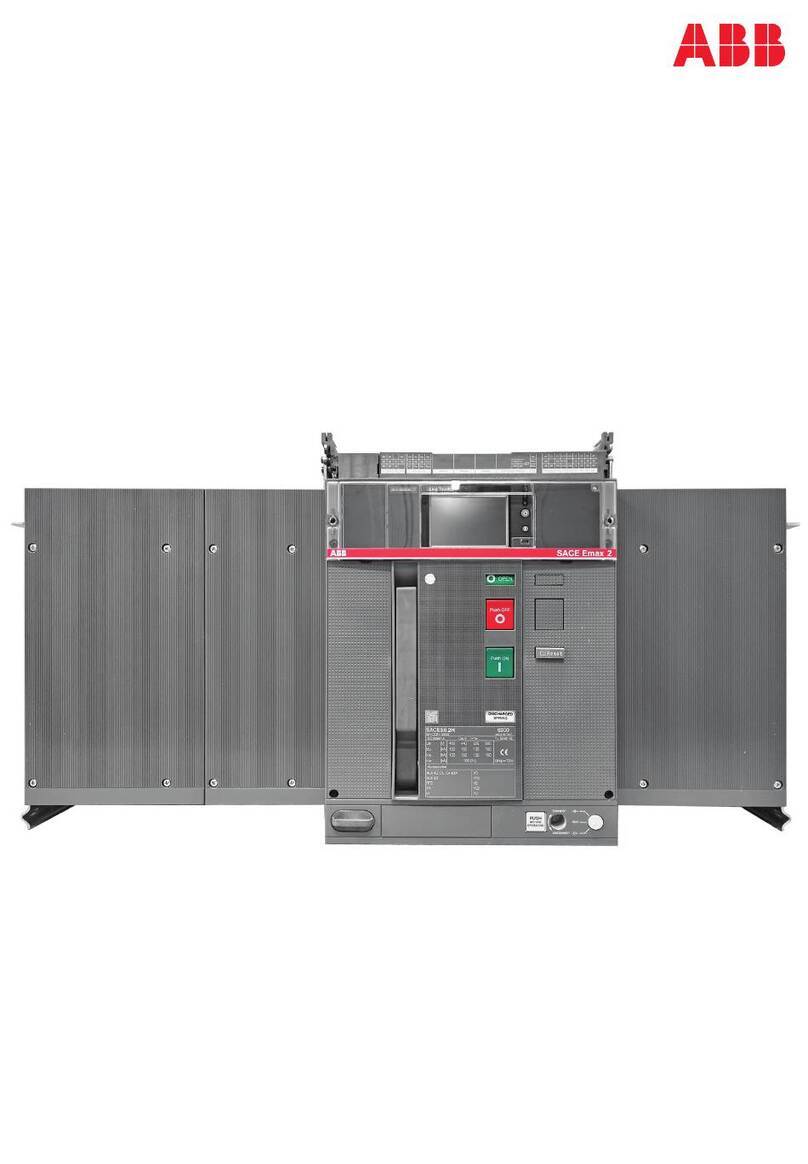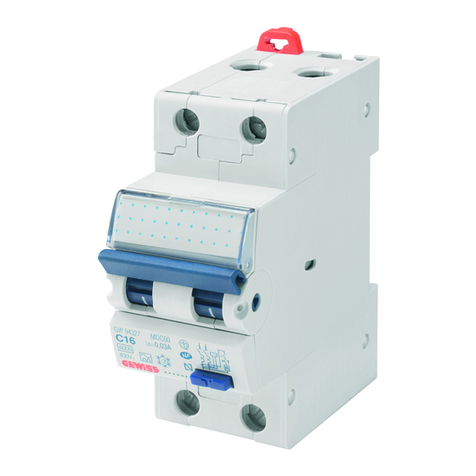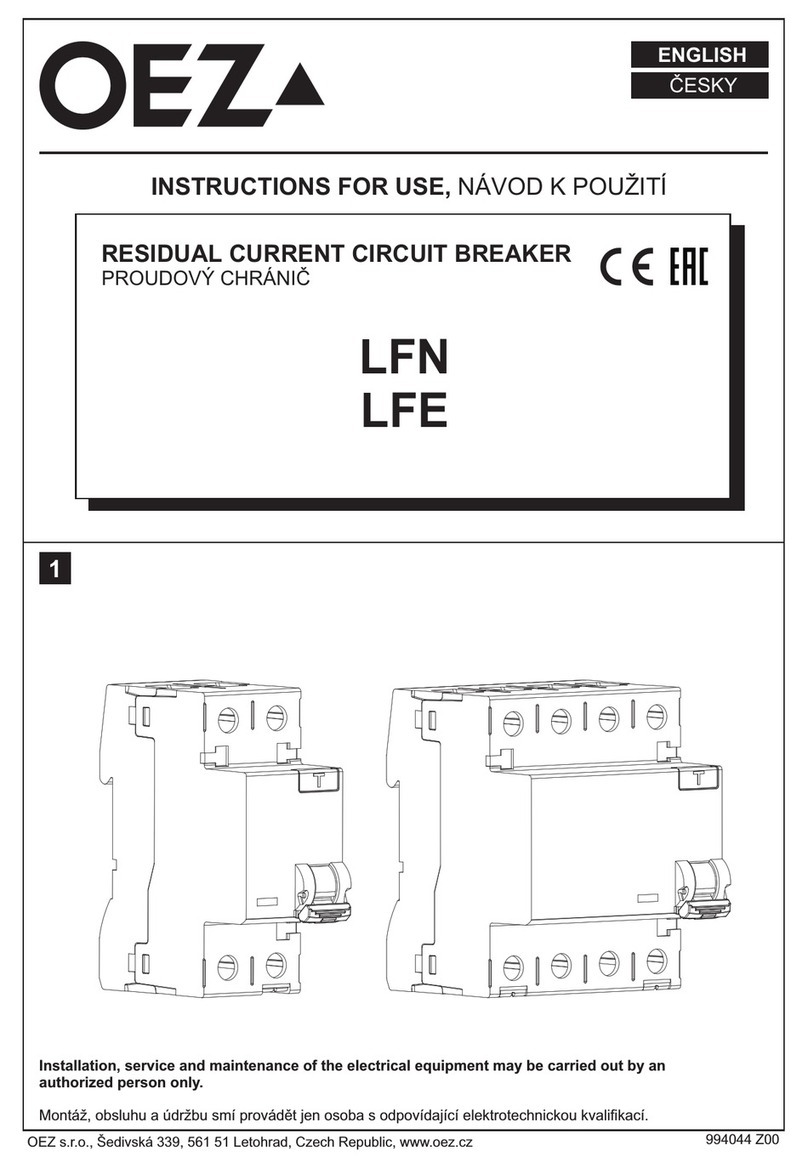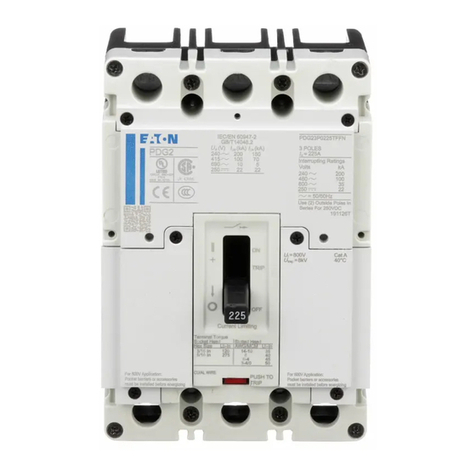
Section,. Introduction
Introduction
This manual provides the infoI"lnation needed by the
user to properly install, operate and maintain dis-
tI'ibution circuit breakers,
1-2 Maintenance
Excellent maintenance is essential for reliability and
safety of any electrical equipment. Maintenance
programs must be tlmed to the specific application, well
planned and carried out consistent with both industry
experience and mamtfacttlrer's recommendations.
Local environment must alwaysbe considered in such
programs, including suchvariables as ambient temper-
attIres, extreme moisttlre, nmnber of operations,
corrosive aunosphere or major insectproblems and any
other unusual or abusivecondition of the application.
1-1 Safety
Each user must maintain a safetyprogram for the pro-
tection of personnel, as well as other equipment, from
the potential hazards associated with electricalequipment.
The following requirements are intended to augtnent
the users safetyprogram, but NOT supplant the user's
responsibility for devising a complete safetyprogram.
The following basic industry practiced safety require-
ments are applicable to all major electrical equipment
such as switch gear or switchboards. GE neither
condones nor assumesany responsibility for practices
which deviate from the following:
One of the critical service activities, sometimes
neglected, involves the calibration of various contI"ol
devices. These monitor conditions in the primary and
secondary circuits, sometimes initiating emergenC}'
colTective action such as opening or closing circuit
breakers. In view of the vital role of these devices,it is
important that a periodic testprogram be followed. As
was outlined above, it is recognized that the intel"Val
between periodic checks will vary depending upon
environment, the type of device and the user's
experience. It is the GErecolmnendation that, until the
userhasaccrullulated enough experience to selecta test
interval better suited to the individual requirements, all
significant calibrations be checked at an interval of one
to twoyears.
I.
ALL CONDUcrORS MUST BEASSUMEDTO BE
ENERGIZED UNLESS THEIR POTENTIAL HAS
BEENMEASURED AS GROUND AND SUITABLE
GROUNDING CONDUcrORS HAVE BEEN AP-
PUED TO PREVENT ENERGIZING. Many acci-
dents have beencausedby back feeds from a wide
varietyof sources.
2.
Although interlocks to reduce someof the risksare
provided, the individual's actions while perfonning
service or maintenance are essential to prevent
accidents. Eachperson'sknowledge; mental aware-
ness; and planned and executed actions often
detennine if an accident will occur. The most iln-
portant method of avoiding accidents is for all
associatedpersonnel to carefully apply a thorough
understanding of the specific equipment from the
viewpoints of its purpose, its constnlction, its oper-
ation and the siulations which colud behazardous.
To accomplish this, some devices can be adequately
testedusing testsets. Specific calibration insU"llctionson
particluar devices typically are provided by supplied
inSU"llctionbooks
InsUlIction books supplied by manUfaCt1Irersaddress
components that wolud nonnally require service or
maintenance during the useftu life of the equipment.
However, they can not include everypossible part that
colud require attention, particIuarly over a very' long
service period or under adverseenvironments. Main-
tenance personnel must be alert to deterioration of any
part of the supplied switchgear, taking actions, as
necessaryto restore it to seI"Viceablestat1IS.
All personnelassociatedwith installation, operation and
maintenance of electrical equipment, such as power
circuit breakers and other power handling equipment,
must be thoroughly instrtlcted, with periodic retraining,
regarding power equipment in general as well as the
particluar model of equipment with which they are
working. Instrtlction books, actllal devices and ap-
propriate safety and maintenance practices such as
OSHA publications, National Electric SafetyCode (ANSI
C2), the National Electric Code, and National Fire
Protection Association (NFPA) 70B Electrical
Equipment Maintenance must be closely stlldied andfollowed.
During actllal work, supervision should auditpractices
to assureconfonnance.
Industry publications of recommended maintenance
practices suchasANSI/NFPA 70B, Electrical Equipment
Maintenance, should be careflulystlldied and applied in
eachuser'sformation ofplanned maintenance.
Someusersmayrequire additional assistancefrom GEin
the planning and perfonnance of maintenallce. GE can
be contracted to either undertake maintenance or to
provide technical assistance such as the latest pub-
lications.
3
